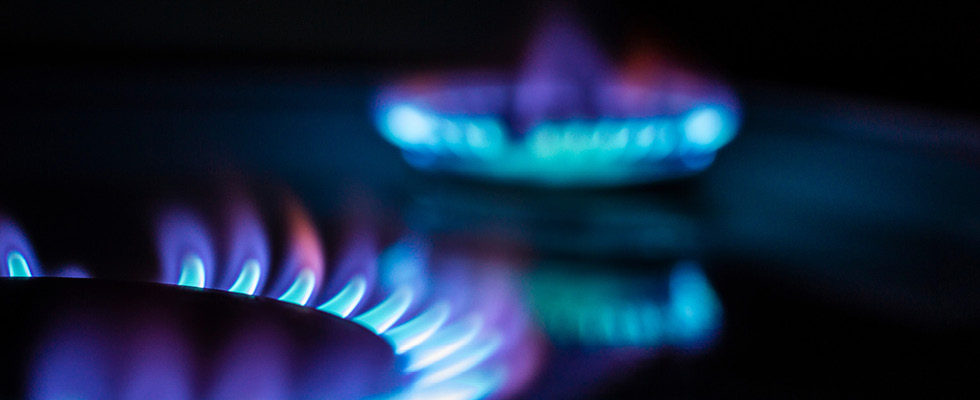
Residential, commercial and industrial users of propane have been forced to weather the storm of government regulatory actions and laws designed to limit and eventually ban the use of propane and other traditional fuels over the last several years in favor of full electrification.
These actions have typically occurred within an echo chamber of activism, disregarding the warnings of the consequences misguided energy policies would have on consumers — from increasing energy costs and burdening low-income and rural communities to increasing reliability issues and straining an aging electric grid.
Although families and small businesses are finally seeing some relief from the relentless march of higher energy prices and elevated inflation, the Bureau of Labor Statistics has consistently identified electricity as surpassing the broader inflation rate month after month. This fact alone should give policymakers and regulators pause when it comes to evaluating policies that would increase consumer costs by forcing us to become an electro-state.
Yet, leading up to the 2024 election, some states and municipalities continued to ignore these market signals — signals consumers could not ignore. In fact, exit polls released by CBS News identified rising costs as being top of mind for voters. According to their exit polling, 75% of voters said inflation had caused them moderate or severe hardship over the past year, with 45% saying their financial situation was worse now than four years ago.
But what does this really mean for the average residential consumer of propane?
For the past several years, the Consumer Energy Alliance (CEA) has examined how misguided energy policies, like Clean Heat Standards, are particularly harmful to propane consumers during the winter heating season. This is a six-month period as defined by the U.S. Energy Information Administration in their Winter Fuels Outlook, beginning in October and running through March, where energy costs typically increase across the country as we draw supplies of propane and other fuels out of storage.
This year, the CEA’s report titled “Heat or Eat: The True Cost of Electrify-Everything Policies” revealed that American consumers could face a staggering $149.2 billion increase in home heating and energy costs compared to last year if energy policies attempting to electrify everything are enacted. For families that rely on propane, their share of this additional energy burden would be over $7.5 billion.
It is easy to see why if you know where to look. For the second consecutive year, the U.S. Department of Energy (DOE) quietly released their Representative Average Unit Costs of Energy, which standardizes the energy cost per million Btu for the five primary residential energy sources: electricity, natural gas, No. 2 heating oil, propane and kerosene. According to the DOE data, propane is 34% less expensive than the equivalent unit of electricity.
However, residential heating is just one of many uses for propane that are under assault to the detriment of consumers.
California remains at the forefront of anti-consumer, anti-energy choice policies. Most recently, it became the first state to ban the sale of single-use propane cylinders by 2028 without having a plan to develop the refilling infrastructure necessary to support the 4.5 to 7 million cylinders sold annually across the state.
Preceding this legislative action, the California Air Resources Board (CARB) continued its crusade to decrease reliance on traditional fuels. In June of 2024, CARB approved a new Zero-Emission Forklift Regulation. This regulation would eliminate forklifts powered by propane, natural gas and gasoline by 2038. In turn, businesses will be forced to purchase electric forklifts, which are 19% more expensive than their traditional counterparts at a cost expected to exceed $18 billion.
Consider for a moment that CARB mandates don’t just affect businesses — they also affect government procurement decisions across the state. And these engine mandates are not limited only to forklifts.
CARB promulgated Advanced Clean Trucks and Advanced Clean Fleets, affecting school fleets — including school buses. Beginning in 2035, 100% of school buses purchased or contracted by school districts across the state must be zero-emission, with all waivers for feasibility expiring in 2045.
School districts across the state will be banned from selecting the buses — like those powered by propane — that are most appropriate for their unique transportation systems. This ban will come at an operational cost for school districts and a fiscal cost for all taxpayers. Neighboring Arizona school districts examined what costs would be borne by taxpayers and discovered that propane-fueled buses cost more than $400,000 less than zero-emission electric buses, have 300 miles more range and require substantially less time to refill than the eight hours it would take to charge an electric school bus.
Despite the headwinds from the echo chamber of activists assaulting bipartisan, common-sense policies that were designed to protect consumers by ensuring access to affordable and reliable energy supplies like propane, the United States has proved to be resilient — for now. For the United States to become the world’s largest energy producer while leading the world in energy-related emissions reductions since 2005, it took a bipartisan commitment to pursuing foundational energy policies that would benefit all Americans.
However, this advantage can be quickly eroded. It is up to us to continue to educate policymakers — and indeed our own family and friends — about the necessity of energy policies that embrace American innovation, leading to new economic opportunities for families while creating a healthier environment and enhancing the resilience of our energy system.


